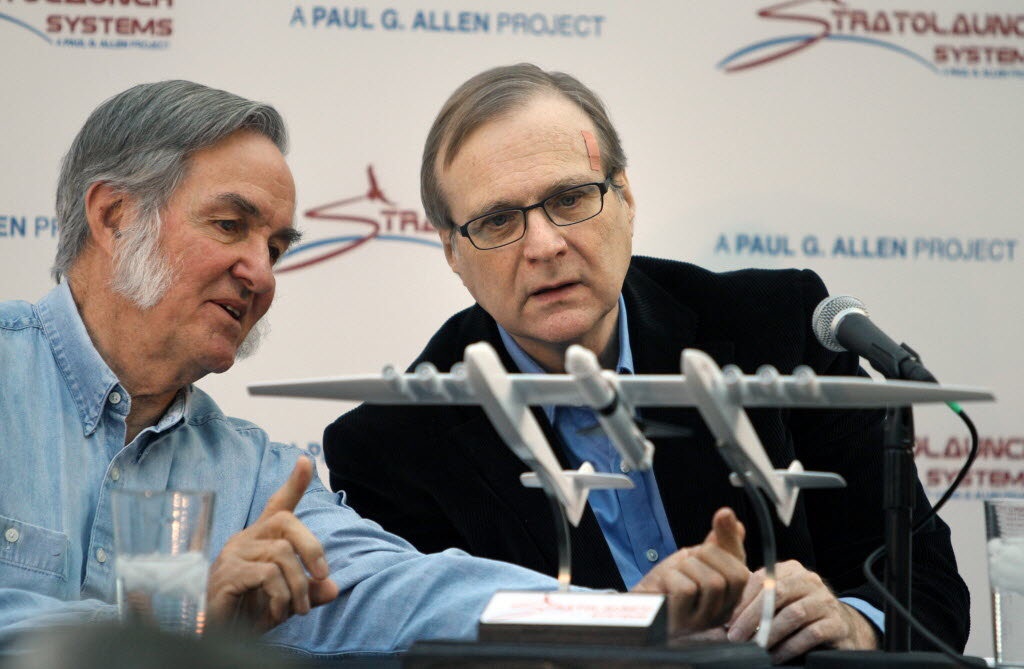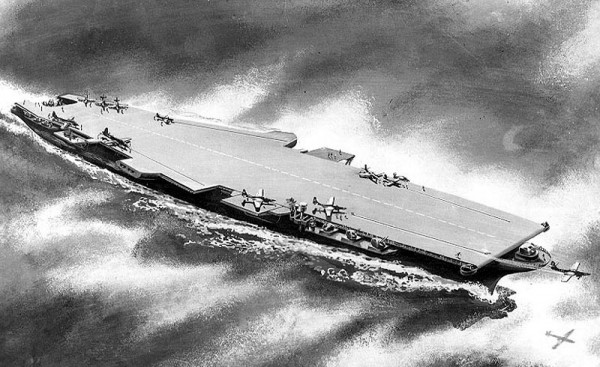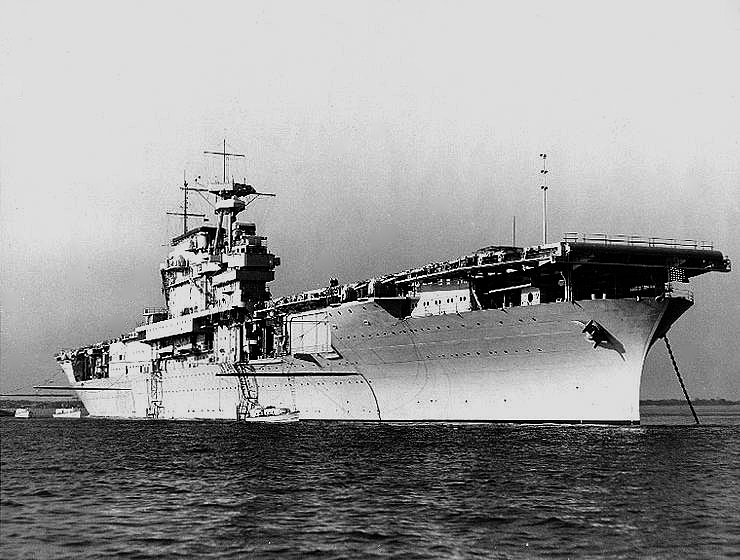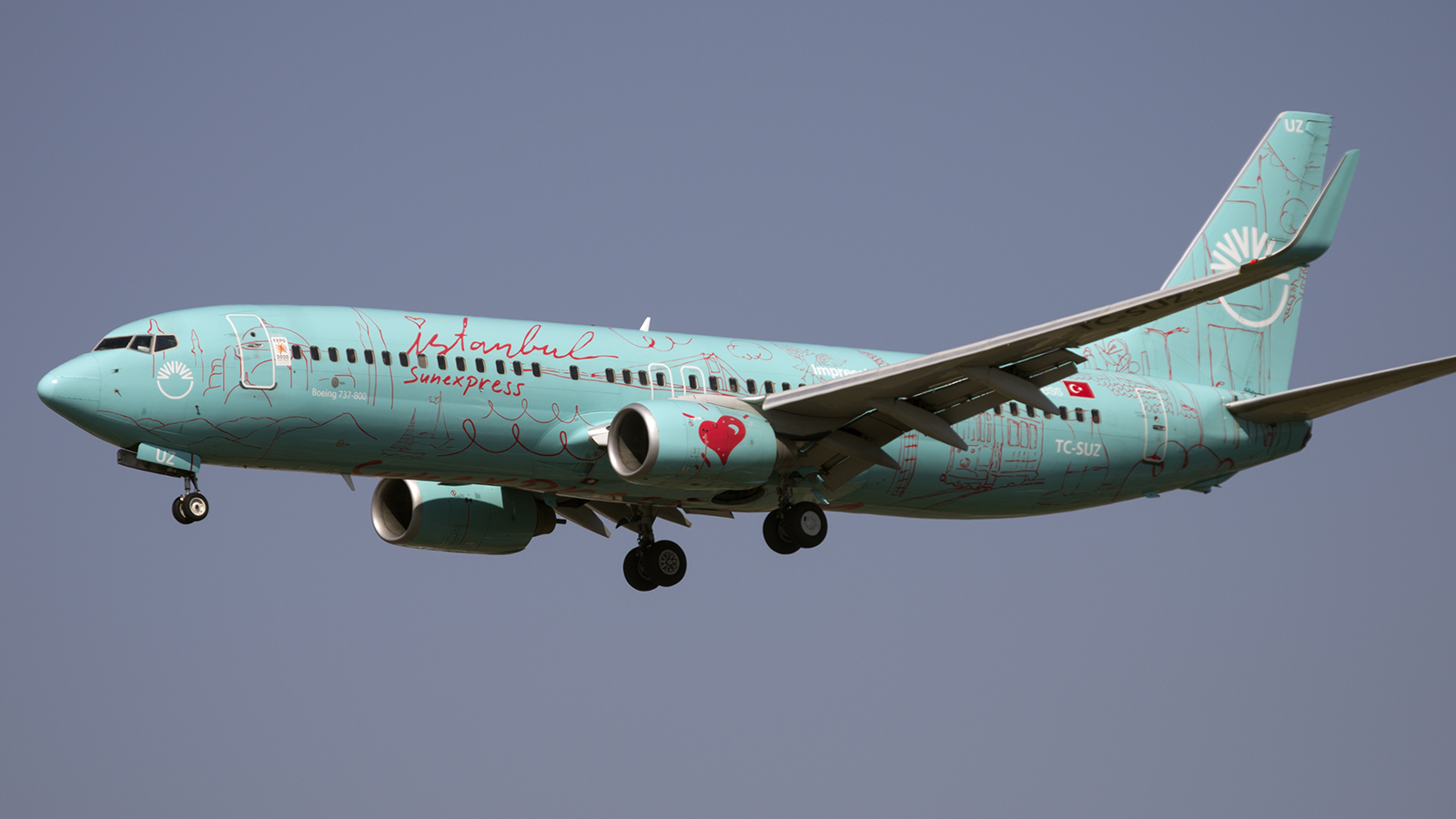
Stratolaunch Systems, a Paul G. Allen project, is developing an air-launch system that will revolutionize space transportation by providing orbital access to space at lower costs, with greater safety and more
flexibility. Delivering payloads in the 10,000lbm class into low earth orbit, the system allows for maximum operational flexibility and payload delivery from several possible operational sites, while inimizing mission constraints such as range availability and weather.
Developing nation: United States of America.
Manufacturer/designer: Scaled Composites/Burt Rutan.
Type aircraft: Six-engine carrier aircraft.
First flight: 2016.
Stratolaunch Systems is a space transportation venture specializing in air launch to orbit, with its corporate headquarters located in Huntsville, Alabama. It was founded in 2011 by Microsoft co-founder Paul G. Allen and Scaled Composites founder Burt Rutan, who had previously collaborated on the creation of SpaceShipOne.
The air-launch system is made up of four primary elements: a carrier aircraft, a multi-stage booster, a mating and integration system, and an orbital payload. Initial efforts will focus on unmanned payloads; however, human flights will follow as safety, reliability, and operability are demonstrated.
Stratolaunch Systems has assembled a team of innovative aerospace leaders to build and deliver a commercial air launch system.
Scaled Composites will build the carrier aircraft; SpaceX will provide the booster and space launch mission design and mission integration services; Dynetics will provide program management and systems engineering and integration, as well as test and operations support to Stratolaunch; Dynetics will also build the mating and integration system hardware. Stratolaunch Systems headquarters are in Huntsville, Alabama, and its aircraft hangar is in Mojave, California.
Carrier Aircraft
The carrier aircraft, built by Scaled Composites, weighs more than 1.2 million pounds and has a wingspan of 117 m (385 feet) – greater than the length of a football field. The carrier aircraft will be the largest aircraft ever constructed.and will weigh in at over 540,000 kg (1,200,000 pounds). The aircraft will be powered by 6 × 46,000-66,500lb thrust range Turbine Engines planned to be sourced from Boeing 747 engines and other components (flight deck, landing gear) from the 400-series The air-launch system requires a takeoff and landing runway that is, at minimum, 3,700 m (2,000 feet) long. The carrier aircraft can fly over 2,100 km (1,300 nautical miles) to reach an optimal launch point.
Multi-Stage Booster
SpaceX’s multi-stage booster is derived from the company’s Falcon 9 rocket. At approximately 36.57 m (120 feet) long, The launch vehicle will have a launch mass of approximately 220,000 kilograms (490,000 lb) and will have the goal of inserting a 6,100 kilograms (13,000 lb) payload into low Earth orbit. After release of the booster from the aircraft at approximately 30,000 feet, the first stage engines ignite and the spacecraft begins its journey into space. After the first stage burn and a short coast period, the second stage ignites and the orbital payload proceeds to its planned mission. The booster’s health and status during flight is monitored from the carrier aircraft and on the ground.
Mating and Integration System
Built by Dynetics, the mating and integration system (MIS) provides the single interface between the carrier aircraft and the booster. The MIS includes all systems required for the booster to interface with the carrier aircraft, including mechanical, electrical, thermal, fluids, and gases. The MIS is designed to safely and securely carry a booster weighing up to roughly 500,000 pounds. The MIS will secure the booster to the carrier aircraft, from taxiing to flight maneuvers to release of booster. In the case of a mission abort, the MIS will keep the booster secure during return to base and landing.
General characteristics
- Wingspan: 117 m (385 ft)
- Gross weight: 544,311 kg (1,200,000 lb)
- Powerplant: 6 × 46,000-66,500lb thrust rangeTurbine Engines planned to be sourced from a Boeing 747
Source and image Stratolaunch Systems.



